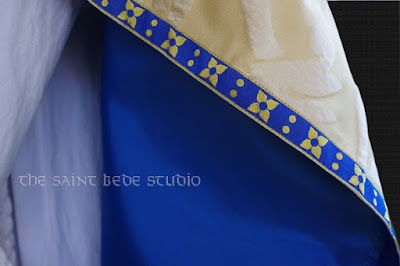The history of deaconesses in the Early Church is only obscure to those who either have not studied the issue, or to those who are determined to force such an innovation upon the Church. The Commission did meet and did not support the introduction of a female diaconate based upon the practice of the Early Church. That was in 2018. But now, the Innovators are at it again and as has become notoriously obvious, the promoters of this innovation will not accept "no" as the answer.
 |
| Giotto's 13th century depiction of Saint Stephen the protomartyr and deacon. |
But, above all is to be noted the deliberations of a previous Commission of the Holy See into this very subject, published only 14 years ago and which may be read in full here.
Deaconesses DID exist in the Early Church but they WERE NOT female deacons. Their ministry was narrowly defined, completely distinct from the ministry of the deacon and DID NOT include any liturgical role at the altar, where traditionally no woman set foot. This is not what present-day advocates of deaconesses are seeking. They are seeking the feminisation of the Church's Orders and a ministry at the altar. This is not Tradition, it is innovation.
What separates the Orders of the Roman and the Eastern Churches from the ministries of Protestant denominations is Apostolic Tradition. We compromise that link to our great peril.
-------------------------------------------------
* These are the actual words of the Vatican Bulletin and presumably are not intended to be ironic.












